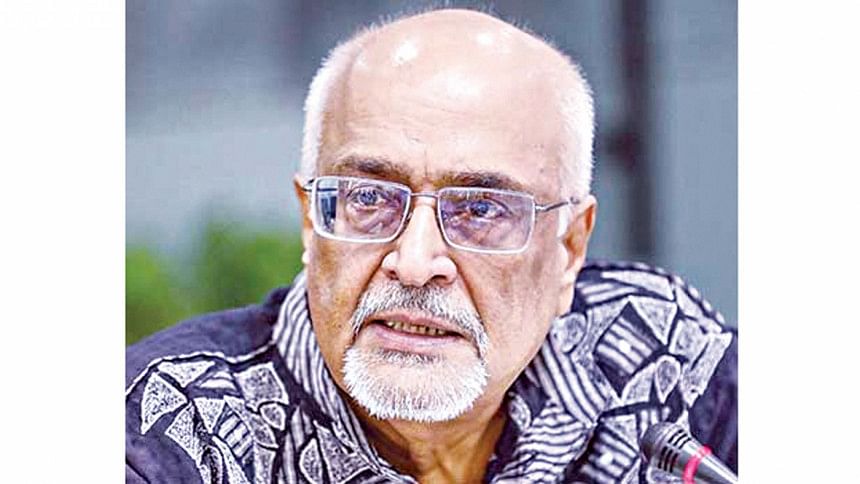Old malaise flaring up

The budget for the upcoming fiscal year, presented in the context of inordinately complex economic circumstances, reflects both the government's restraint and limitations.
The broad macroeconomic framework for the next fiscal year provides a moderate GDP growth rate of 6.75 percent, a public investment rate of 6.0 percent of GDP (less than that of the earlier year), and an inflation rate of 6.5 percent (down from 10 percent). The tax-GDP ratio is expected to remain static at less than 10 percent.
The trade-off between growth and inflation is pretty apparent. It implies loss of employment and income. The critical factor in this respect is the availability and effective use of the government's fiscal space.
Unfortunately, the fiscal space is getting increasingly squeezed. As a result, the government is resorting to huge borrowing from both domestic and foreign sources. Thus, debt management will be a major issue in FY25.
THE FAULT LINES
The national budget for the FY25 once again brings to the fore the fault lines of the country's recent development experiences.
First, over the last decade and a half, the growth trajectory was deprived of incremental private investment. The private investment-GDP ratio has remained stagnant at around 22-23 per cent.
The medium-term budgetary framework (MTBF) puts the targets concerned for FY25 at a very ambitious level, i.e. more than 27 percent of the GDP.
The second fault line has been the stagnating revenue-GDP ratio, which remains less than 10 percent. Indeed, this indicator, including its tax component, has experienced a decline in recent years. However, due to the low level of implementation of public expenditure programmes, the budget deficit has remained manageable.
Although the budget deficit has been projected at 4.6 percent of the GDP, the net foreign financing of that would be around 40 per cent. On the other hand, hardly any revenue surplus will be available to underwrite the Annual Development Plan (ADP).
The budget for FY25 has not been very ambitious in this regard as the revenue-GDP target has been set at a modest 9.7 percent.
The third fault line of the mid-term development trajectory emerged due to the marginal public investment in the health sector (less than 1 per cent of the GDP), education sector (less than 2 per cent of the GDP), and social protection (less than 1 per cent of the GDP).
Sadly, the budget for FY25 also fails to find additional resources for these sectors. This has happened due to overly physical infrastructure-driven public investment. This has been done in the pursuit of visible indicators of progress.
Unfortunately, the ADP allocations for FY25 does not indicate any rethink in this regard.
The fourth and final fault line in the ongoing national development efforts relates to growing inequality in the country. Increasing inequality is manifested in asset accumulation, income flow, and consumption of food and non-food goods and services.
The budget for FY25 does make a number of promises to ease the situation in the face of soaring inflation. These include tariff rationalisation for a set of consumables, increasing the number of social protection beneficiaries, and distributing food items under government management. But the revenue efforts are focused on indirect taxes affecting across income groups.
It seems all these fault lines are creating structural challenges for macro-economic management as well as implementation of public expenditure programmes.
Regrettably, the budget for FY25 does not make headway in this regard.
The author is a distinguished fellow at the Centre for Policy Dialogue.

 For all latest news, follow The Daily Star's Google News channel.
For all latest news, follow The Daily Star's Google News channel. 










Comments